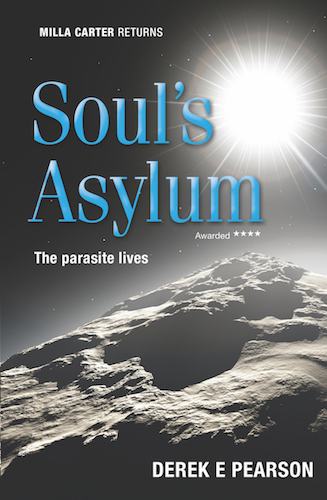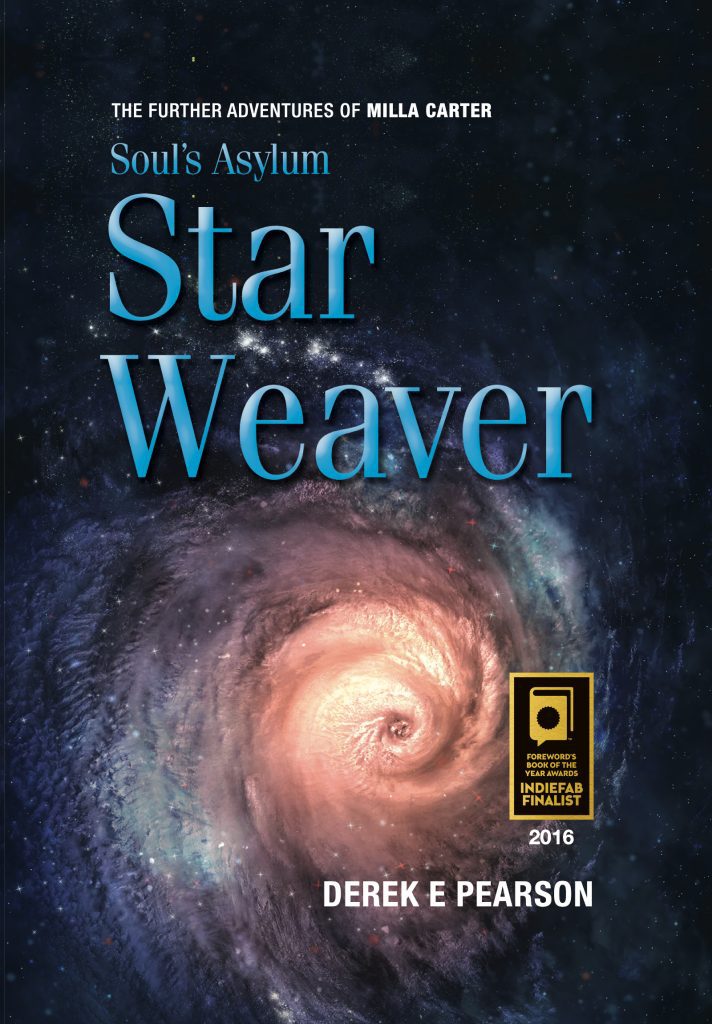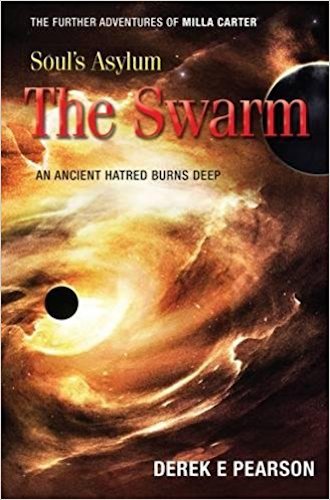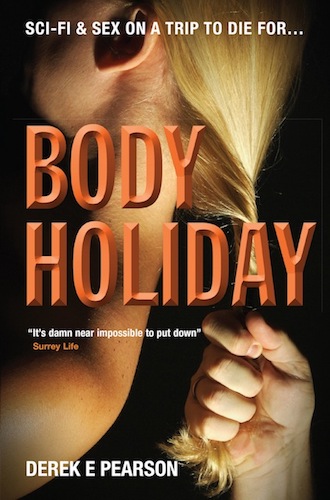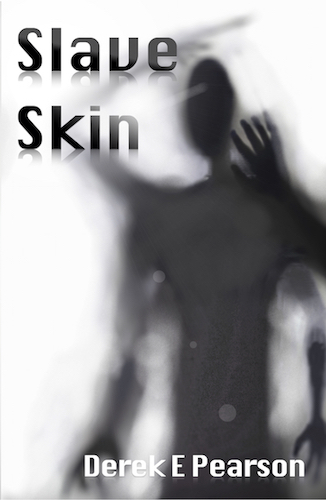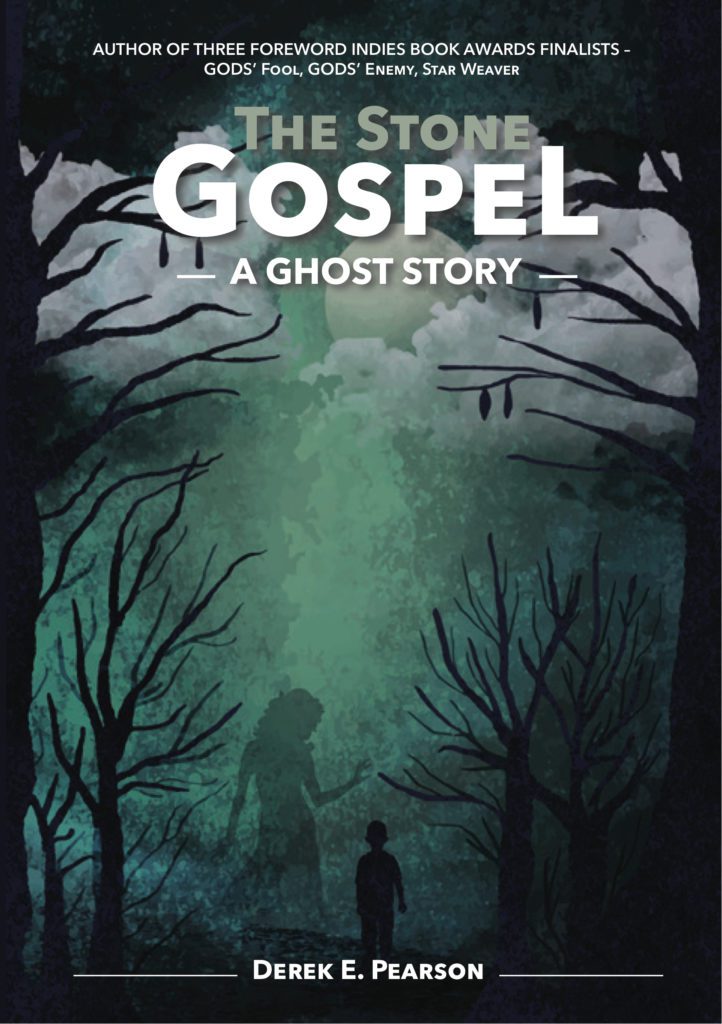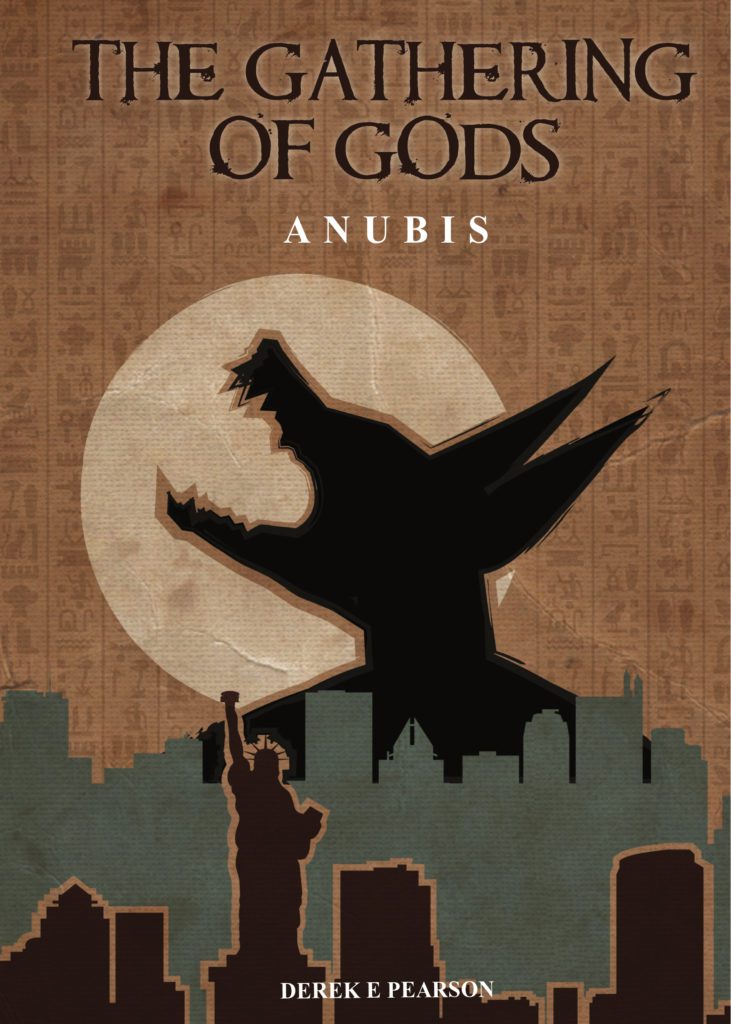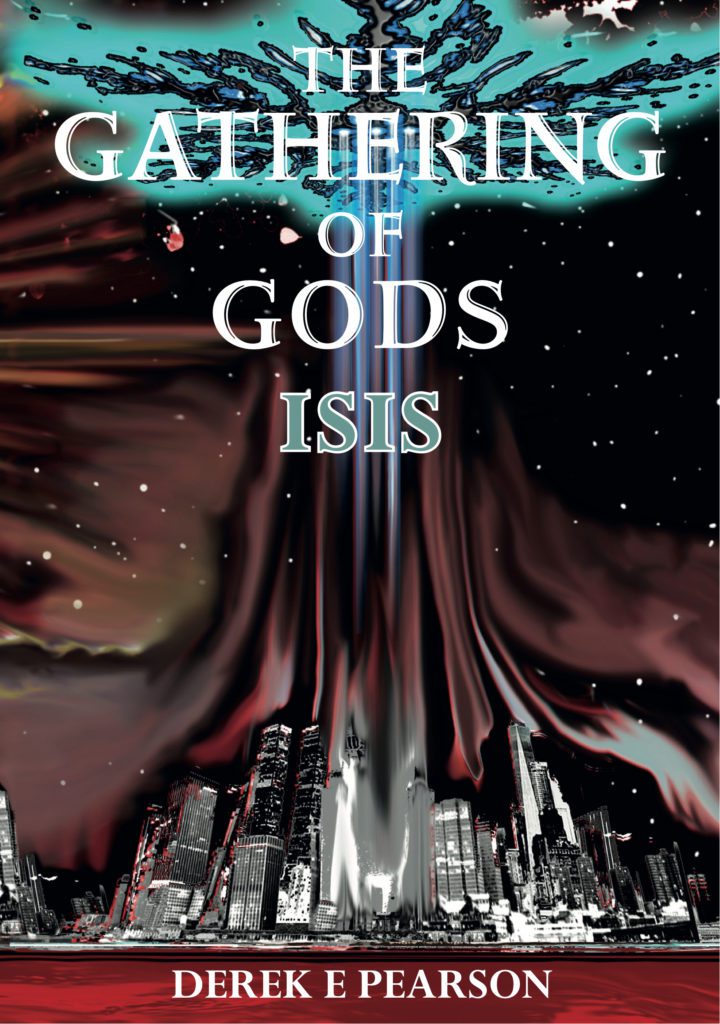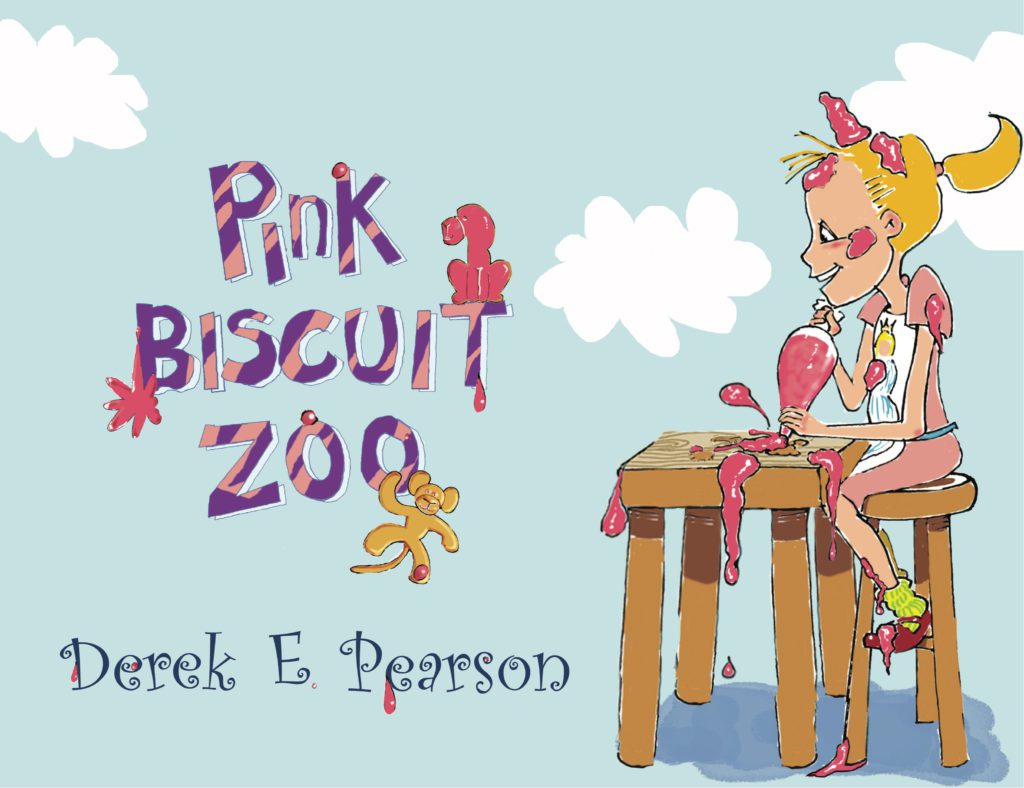THE TELEPATH’S RETURN
What does an author do with a major character who was the backbone of a trilogy that has reached the end of its shelf life? The answer is to put them in a new adventure that develops the thematic elements of the earlier stories. This is what British science fiction author Derek E Pearson has done with Milla Carter, the beautiful, feisty heroine of the best-selling Body Holiday series. In A Time to Prey, the third book in the saga, Milla battled the deadly assassin Su-Nami, who had been hired by the Body Holiday Foundation to kill her. The Foundation may have bitten the dust but its annihilation yields zero rewards for Milla herself. Condemned as dangerous and out of control by the telepathic sisterhood that first identified and then groomed her unique talents, she is forced to go into hiding until the dust settles. However, a quiet exile is out of the question which is where Soul’s Asylum comes in. Tucked away in a luxurious intergalactic outpost, Milla is quietly going stir crazy while on planet earth something terrible is happening.
In a Moscow maternity hospital, eighteen year old Nelly Trofimevna Sliva has gone into labour…on a ledge one hundred and seventy three floors above the street! She is frightened, vulnerable, and unable to call for help because her body has been ambushed by an alien force that’s insinuating itself “along the inside of her skin as if trying her on for size”. However, “the wicked thing” can’t stop the rush of “grateful tears” that stream down Nelly’s cheeks when her “so tiny, so very precious” daughter emerges from her womb “smeared with bloody fluids.” It is a rare moment of tenderness that’s cut horribly short when the child is abducted and its mother killed. What will become of the infant and how is its fate connected to the alien force that pushed its teenage parent into giving birth on a concrete ledge? The squid shaped organisms discovered in Nelly’s remains are the equivalent of a thousand evil genies let loose from a bottle, except that in this instance a syringe tip is their method of escape. Cue the start of a violent sexual pandemic that will push humanity to the brink of extinction, in other words an extra terrestrial’s payback for an evolutionary snub!
In Soul’s Asylum Pearson’s imagination is firing on all cylinders. There is the trade mark dark humour, razor sharp dialogue, brain-stretching science and chillingly splendid writing that forensically dissects a world on the verge of collapsing in on itself. It is an atmosphere that is bleak, violent, and unforgiving where the unthinkable can and does happen.
The narrative pace never falls off as the action frenetically shifts across planets and continents, mirroring the desperate hunt for an answer to a crisis that is spiralling out of control. While the authorities race against the clock to find and destroy the source of the squid plague, other characters manipulate the confusion to pursue their own sinister agendas. Unbeknown to them they are being hunted by Russian police officer Spartak Oleg Shimkovich, a man who pursues justice with a ruthless disregard for its niceties. In Spartak’s world, getting down and dirty with drug pushers and gangsters goes with the territory and the single-mindedness with which he pursues his job almost detaches him from the surrounding madness.
As fear hits the streets the authorities impose curfews while vigilantes exact their own form of justice against those infected with the squid organism. Carriers are recognisable by their youthful and extraordinarily beautiful features, all which masks a dangerous sexual rapaciousness. No one, regardless of their age, race, creed or health is safe from the sudden outbreak of rapes and sexually aggravated assaults. The sex drive is humanity’s weakness and the alien force exploit’s that knowledge with chilling lethality. Cursed by their dangerous good looks, the squid carriers are an evil temptation with zero reproductive usefulness. Surely the right thing to do is to round them up and keep them as far away as possible from the uninfected? What next? Should they be killed, or allowed to live? Milla knows whose side she’s on although when the authorities opt for extermination, she is beside herself with rage:
“Infected they had been, and dangerous in the extreme to any person untouched by the alien disease, but it must be remembered that those millions were also human beings capable of original thought and compassion for others.”
Is she right to be angry? Perhaps, yet surely governments have a responsibility to protect their citizens? It is impossible to disagree with that unless a more sinister motive underlies the official response, which is what Milla suspects.
Pearson’s job is to pose the questions rather than answer them and that’s why his novels are as much about ethics as they are about imaginary future worlds. The contagion could easily be a metaphor for AIDS or Ebola while the aggressively hysterical behaviour of the uninfected, though disturbing, is driven by fear. There should be compassion yet in reality, that’s likely to be in short supply when the healthy fear they’re at risk from the infected. What Pearson has done is to confront the reader with a scenario that’s eerily familiar and not easily resolved. Even Milla, who is normally assured in her judgement, is forced to analyse her position. Her reasons for pursuing justice may appear valid but does that make them ethically correct? That dichotomy lies at the heart of Pearson’s novels, yet in Soul’s Asylum the resonance is even louder because Milla Carter has come into her own. In the Body Holiday trilogy, she was the heroic figure waging a lone battle against an evil corporation driven by twisted ambition. In her latest incarnation she is taking on an enemy more dangerous than anything she has encountered before because it is existential and driven by a rage incubated over several thousand millennia.
Souls Asylum is a novel that draws the reader into its drama through the emotional energy of its characters and the shadowy, claustrophobic world in which they are forced to operate. At the same time Pearson has constructed multiple storylines that are seamlessly joined together, and which prepare the ground for a sequel. As ever, Milla Carter is at the centre of the action. She is science fiction’s real deal. Fearless, strong, and compassionate, Milla is an irresistible figure who deserves the cult status that has grown around her since her Body Holiday debut.
Reviewed by Juliette Foster
SOUL’S ASYLUM: THE PARASITE LIVES
Following his impactful Body Holiday series, Derek E Pearson has continued his stunning work in his next Milla Carter trilogy, Soul’s Asylum. Telepath, Milla, has destroyed the evil, narcissistic Body Holiday Foundation, but she is soon faced with a new danger, more poisonous and infectious than before. Others are thrown into the fight, and suddenly a win is necessary for the survival of the human race.
The beginning sets the explosive tone for the remainder of the book. It opens, “she was very young, very scared, and very cold”, hinting at the imminent danger humans would soon encounter. The first paragraph asks questions which the reader cannot ignore; why was a young, pregnant girl standing on a ledge 173 floors above a Moscow street? I immediately wanted to discover what was going on so I continued to read, and did not stop until the final page.
Creepy, chaotic and carnal accurately describe this first chapter. Descriptions such as “its voice whispered in her ears and her scalp crawled as she felt it squeeze its way along the inside of her skin as if trying her on for size”, are intentionally strange, igniting the imagination so the reader can form vivid pictures of what is happening. Then, when the mother births her baby in a matter of seconds, picks it up, and jumps off the ledge, you are fully prepared for a roller coaster of a story.
Milla’s story begins on a space facility in the Asteroid Belt, where she has sought temporary safety with her boyfriend, Ben Forrester. Milla faces threats from different angles. She is wanted by the New York Police Department and is being hunted by some of the most powerful people on Earth. As the only full spectrum telepath ever known, “her fellow telepaths regarded her as an abomination that must be destroyed”.
Soon, however, Milla will be forced to return to the planet where her death is wished by so many. A pandemic has infected millions of people, and continues to spread. People are being infected with “squids”, becoming sexually ravenous, and then luring the healthy to sleep with them, which is how the disease is spreading. Those behind the pandemic are using a human weakness for pleasure to inflict their destruction. There are also bloody killings occurring which cannot be explained, in which the killer mutilates its victims and tears their hearts out. Milla must act quickly to find out who is behind this, and how to stop them.
Like Body Holiday, Pearson has written fantastical sci-fi, littered with places from across Earth and into outer space. The novel’s overall themes are fascinating. It deals with violence, death and power, as Su Nami vows at the end of the novel to wipe out humanity alone, saying “watch out little humans” to herself. Power is also evident in the other telepaths’ desires to kill Milla. They cannot stand the thought of a more impressive telepath than themselves. There are also many more complex ideas at play. Pearson has put an interesting spin on the topic of sex. It is not enjoyment of the act which is humanity’s downfall, but rather the lack of will power to resist what looks tempting. As soon as they see the “squid-gorgeous” people, they only think of themselves and their own pleasure. Desire to satisfy this causes their own infection and fuels the pandemic.
Technology is another fascinating theme. AI, Artificial Intelligence, or event “Advanced Intellect” as the novel suggests, is present throughout the story as something which humanity has created but which presides above humanity in so many ways. AIs are “clean” and “technologically driven”, possess intellectual superiority and have the ability to communicate with each other without humans ever finding out. Humanity, on the other hand, has “hormonally driven passions” and “lust for dominion that had fuelled warfare and political expansions”, which is both their strength and their weakness. It is a lens into the real future, with so many technological advancements continuously happening in the real world.
Language is beautiful and terrifying. With a lot of gore, violence, and conspiracy, vocabulary used and descriptions produced conjures some stark images in the reader’s mind. In one attack, “the Bear was still alive when Nightshade lifted his beating heart to her mouth, tore flesh from it then handed the pumping muscle to her sister”, explaining what is happening vividly. Equally, the way nature and humanity is described is stunning. You feel as if you are watching a film when Milla “bent almost double and grabbed at her ankles, feeling her vertebrae stretch and pop satisfyingly”. There is perfectly placed humour throughout the novel to add another dimension to the characters.
The Parasite Lives ends on a cliff-hanger, with many questions still unanswered. This paves the way for an equally enrapturing experience reading Star Weaver and The Swarm as we continue to follow Milla’s story. For now, you should give into the temptation of reading the first in this masterful trilogy. Unlike the temptation which the squids plant in other humans, you will not regret your choice to open the first page.
Reviewed by Lucy Skoulding
Why not add Star Weaver and The Swarm, the second and third books of the Soul’s Asylum trilogy, to your Derek E. Pearson collection? Click on the covers to find out more about other books written by the author. Hear Derek E. Pearson read an excerpt from his novel Slave Skin. Watch a video of the author in conversation with Read2Write’s Juliette Foster.



